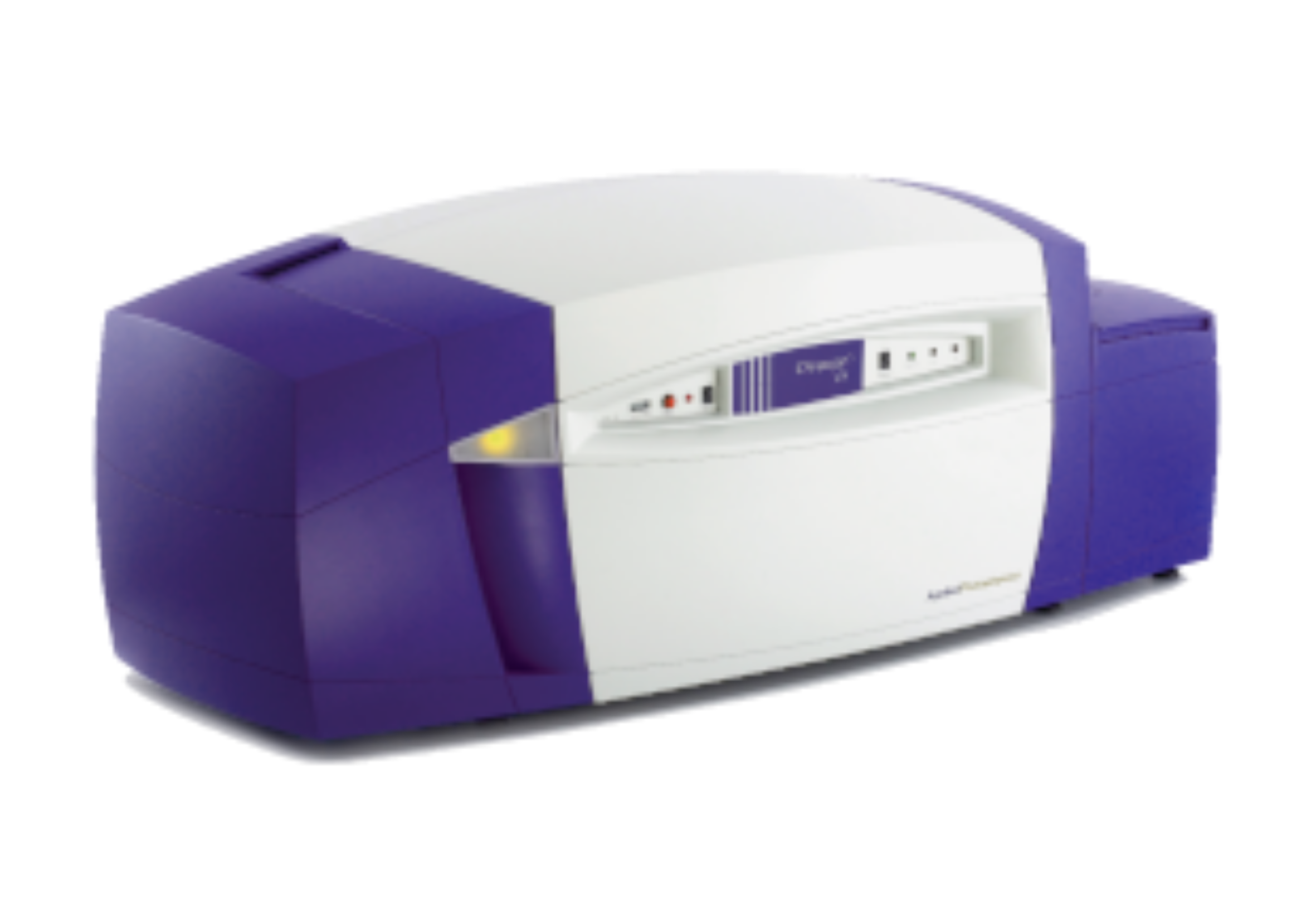Circular Dichroism spectrometry (CD)
Application: Protein characterisation (secondary structure, folded state)
Instrument: Chirascan Plus (Applied Photophysics)
Location: VBC5, room 0111

Circular dichroism (CD) is the difference in the absorbance of right- and left-handed circularly polarised light and can occur when a molecule contains one or more chiral chromophores (light-absorbing groups).
For proteins, in the far-UV range (190 - 260 nm) investigated by CD, the peptide carbonyl bond is the principal chromophore contributing to the CD signal. In the near-UV range (260 - 360 nm), aromatic amino acids (i.e. tryptophan, and to a lesser extent tyrosine and phenylalanine) and cystine are predominant chromophores.
For DNA and RNA, through the far- and near-UV range (typically 220 – 340 nm) investigated by CD, the main contributor to signal is the spatial arrangement in helices followed by the asymmetric sugars. CD is extensively used to analyze the structures of DNA and RNA molecules and to see how their structures are affected by a change in their local environment, including their interaction with proteins and small molecules.
Measurements can be performed by the users themselves after having received a compulsory training.
Measurements can also be performed by ProTech staff upon request.


